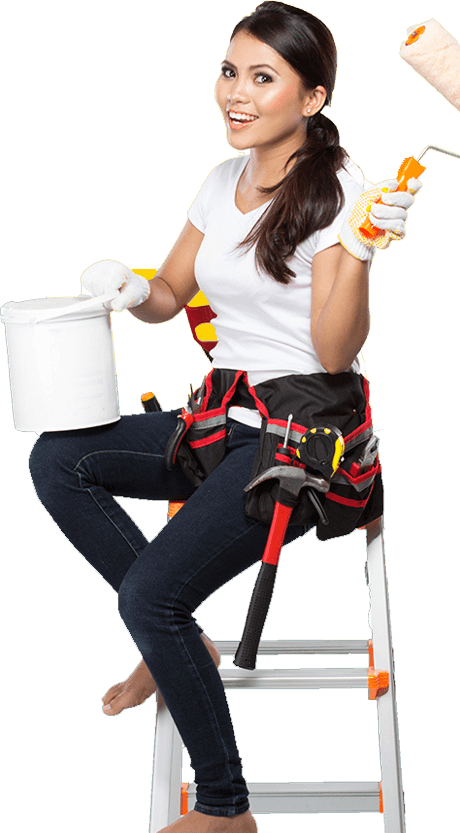Content
Introduction to Paint Brush
Paint Brush are almost indispensable tools for home renovations or DIY projects. Unfortunately, many people fail to clean their Paint Brush promptly after use, resulting in hardened and tangled bristles. This can significantly reduce the effectiveness of subsequent use, and may even require the purchase of new ones. However, with the right technique, Paint Brush can be reused repeatedly, and the bristles remain soft.
Preparation for Cleaning
The cleaning method depends on the type of paint you are using:
- Water-based paint (such as latex paint): Cleans easily with plain water.
- Oil-based paint or varnish: Use a solvent, such as turpentine, thinner, or a specialized cleaning fluid.
Also, it's best to have a small bucket, old newspaper or rags, and a pair of rubber gloves handy for easy handling and skin protection.
Cleaning Steps: Water-Based Paint Brushes
Scrape off excess paint
Scrape off as much excess paint as possible from the paintbrush by scraping it off the edge of the paint can or onto a piece of scrap paper.
Rinse with Clean Water
Place the paintbrush in a small bucket of water, stirring it repeatedly to squeeze the bristles. If the water becomes dirty, change it promptly until it clears.
Drying and Storage
Use a paper towel or rag to absorb most of the moisture, then hang the paintbrush or lay it flat in a well-ventilated area to air dry. Wait until the bristles are completely dry before storing to prevent mold and warping.
Cleaning Steps: Oil-Based Paint Brushes
Cleaning oil-based paint requires patience and should be done in a well-ventilated area.
Preliminary Cleaning
First, scrape off any excess paint on newspaper or cardboard.
Solvent Cleaning
Place the paintbrush in a small bucket of turpentine or thinner and rinse it repeatedly. If there are any stubborn residues in the bristles, gently comb them with a paintbrush comb or an old comb.
Secondary Soapy Cleaning
After most of the paint has dissolved, rinse again with warm water and a little dish soap or soapy water to remove any remaining solvent and soften the bristles.
Rinse and Dry
After rinsing, blot with paper towels to remove any excess water, then hang the brush to dry.
Additional Tips
- Cleaning Promptly: Clean the brush immediately after use, before allowing paint to dry on the bristles.
- Protecting the Bristles: Avoid pulling too hard when cleaning to prevent hair loss or bending.
- Maintaining the Shape: After the paintbrush is completely dry, gently wrap the brush head in newspaper to help the bristles stay flat.
- Extended Use: If you will be using the paintbrush again the next day, wrap the brush head tightly in plastic wrap and place it in a sealed bag. This will prevent the paint from drying out and allow you to use it again the next day.



 Español
Español







